Squinting, Tearing, and Redness: Signs Your Pet’s Eyes Need Care
A playful pup that suddenly keeps one eye half-shut or a cat hiding from the light may be signaling eye pain. Conditions like ulcers or inflammation are not only uncomfortable but can cause permanent damage without treatment. At Northwood Veterinary Hospital in Northwood, NH, our veterinarians emphasize that squinting, tearing, or redness should never be dismissed as minor irritations, as they can indicate serious issues.
Understanding Common Eye Problems in Pets
Recognizing Eye Pain and Discomfort
When your dog suddenly starts squinting or your cat begins hiding in dark corners, these behaviors often indicate significant eye discomfort.
Because pets cannot tell us what hurts, they show eye pain through behavior. You may see pawing at the eye, rubbing the face on furniture, blinking more than usual, tilting the head, or avoiding bright light. Some pets become less active, irritable, or lose their appetite, especially if touching near the eye causes discomfort. Seeking prompt veterinary attention prevents these behaviors from worsening the underlying condition.
Common Conditions and Their Causes
Eye issues range from minor irritations to emergencies, but almost all can become serious without prompt treatment.
Corneal Ulcers
Corneal ulcers are painful open wounds on the eye’s surface. They often develop from scratches, foreign objects, or underlying conditions that weaken the protective barrier of the cornea.
Symptoms may include squinting, light sensitivity, redness, and excessive tearing. Pets may also paw at the eye or resist being touched near the face.
Treatment involves antibiotic or protective eye drops, pain relief, and sometimes surgery for deeper ulcers. Without care, ulcers can deepen and cause vision loss or rupture of the eye.
Conjunctivitis
Conjunctivitis in dogs and cats occurs when the thin membrane covering the eye and eyelids becomes inflamed. It can be caused by allergies, irritants, or infections from bacteria and viruses.
Signs include redness, swelling, discharge, and pawing at the eye. Clear discharge may suggest allergies or viral causes, while yellow or green discharge is more often linked to bacteria.
Treatment depends on the cause. Bacterial cases require antibiotics, while allergic conjunctivitis may be managed with anti-inflammatory medications and environmental changes. Without treatment, conjunctivitis can become chronic and damage the eye over time.
Cherry Eye
Cherry eye in dogs occurs when the tear gland in the third eyelid prolapses, appearing as a red swelling in the corner of the eye.
Symptoms include a visible pink or red mass, increased tearing, and occasional rubbing at the eye. While it may not be painful at first, untreated cherry eye can lead to chronic irritation and dry eye.
Treatment typically involves surgery to reposition the gland and preserve long-term tear production. Removing the gland is not recommended because it increases the risk of lifelong dry eye.
Glaucoma
Glaucoma develops when fluid pressure inside the eye rises and damages the optic nerve. This condition is extremely painful and can cause blindness if untreated. Primary glaucoma is genetic, while secondary glaucoma occurs because of other problems such as lens luxation, inflammation, or trauma.
Early signs include redness, cloudiness, enlarged pupils, or behavior changes such as reluctance to play. Acute glaucoma requires immediate attention because vision loss can happen within hours.
Cataracts and Nuclear Sclerosis
Cloudy eyes can develop in pets as they age. The difference between cataracts and nuclear sclerosis is important to understand. Nuclear sclerosis gives the eye a bluish-gray haze but usually does not significantly affect vision. Cataracts, by contrast, are white or opaque and block light from entering the eye, which can lead to partial or complete blindness.
Cataracts may occur because of age, diabetes, trauma, or inherited conditions. Some pets can benefit from surgery, while others adapt well with environmental modifications such as consistent furniture placement and verbal cues.
Dry Eye (Keratoconjunctivitis Sicca)
Dry eye in pets develops when tear production is insufficient, leaving the eye vulnerable to irritation, infections, and corneal damage. Signs include thick, sticky discharge, recurrent conjunctivitis, or a dull appearance of the eye surface.
Treatment usually involves daily use of tear-stimulating medications and lubricating drops. Regular monitoring is important to protect long-term eye comfort and vision.
Breed-Specific and Hereditary Concerns
Many eye problems in pets are inherited. Hereditary eye disease in dogs includes progressive retinal atrophy, cataracts, and structural abnormalities. These may appear later in life, even if a dog seemed healthy when young.
Certain breeds face higher risk due to genetics and anatomy. German Shepherds, Belgian Tervurens, and similar breeds can develop pannus, an immune-mediated corneal disease that clouds the eye and can threaten vision.
Dogs with prominent eyes or flat faces are prone to entropion, where the eyelid rolls inward and lashes rub on the cornea, often requiring surgical correction. Brachycephalic breeds such as Bulldogs, Pugs, and Persian cats have shallow sockets and prominent eyes, increasing risk for injury and dry eye. These pets benefit from vigilant monitoring and preventive care to maintain eye health.
Dislocation of the lens is an urgent condition. When the lens shifts out of place, it can cause sudden pain and glaucoma. Breeds like Terriers are predisposed, and immediate veterinary intervention is required to preserve comfort and vision.
Urgent Eye Care Needs
When to Seek Immediate Veterinary Attention
Recognizing ocular eye emergencies can mean the difference between preserving vision and permanent damage. Any sudden change in your pet’s eye appearance or behavior warrants prompt evaluation, especially with obvious pain or vision changes.
Emergencies include penetrating injuries, chemical exposure, sudden severe redness or swelling, or visible foreign bodies like foxtails. Trauma from fights or accidents can cause internal eye damage that isn’t immediately visible. Swelling, blood in the eye, or uneven pupils after head trauma need urgent care.
Managing Sudden Vision Changes
Diagnosing acute blindness in dogs requires immediate assessment to determine if vision loss is reversible. Some causes respond well to prompt treatment, while others are permanent but manageable with supportive care.
Sudden Acquired Retinal Degeneration Syndrome (SARDS) leads to rapid, irreversible vision loss due to retinal cell death. Though incurable, early diagnosis helps you adapt your home and routines for your pet’s safety and confidence.
Feline vision problems can result from retinal disease, inflammation, infections just like dogs- but one major vision concern is high blood pressure. Hypertension in cats can cause sudden retinal detachment, leading to blindness. Because cats often mask early illness, regular eye exams and blood pressure monitoring are especially important for seniors.
Signs of vision change include bumping into familiar objects, hesitation on stairs, or reluctance in dim lighting. Many pets compensate well, so subtle signs are easy to miss without careful observation.
Routine Eye Care and Preventive Measures
Importance of Regular Check-Ups
Regular wellness and prevention visits help veterinarians catch problems before they become painful or vision-threatening. Many conditions develop gradually and show subtle early signs that trained professionals can detect.
Modern advanced diagnostics allow detailed evaluation of internal eye structures, helping identify issues like glaucoma or retinal disease at earlier, more treatable stages.
Most healthy adults do well with annual exams. Senior pets, high-risk breeds, and those with prior eye issues benefit from more frequent monitoring. Your veterinarian can tailor the schedule to your pet’s risk factors for optimal care.
Treatment Options and Surgery
At-Home Care Tips
Daily care begins with observation. Healthy eyes are clear and bright without excessive discharge or redness. Gently remove minor debris with a clean, damp cloth. Avoid cotton swabs and harsh solutions to prevent irritation.
If medications are prescribed, learn proper administering eye medications techniques to keep treatments effective and stress low. Calm handling and correct restraint protect the eye and ensure accurate dosing.
Create positive associations by briefly touching around the eyes during calm moments and rewarding with treats and praise. This makes future care and exams easier for both you and your pet.
Surgical Interventions
Some conditions are best treated surgically. The surgical options at Northwood Veterinary Hospital include routine and advanced procedures for complex eye conditions. Modern techniques aim to preserve function and improve comfort and appearance.
Most eye surgeries require general anesthesia and careful aftercare. Recovery time varies, but with appropriate intervention, pets typically experience improved comfort and function.
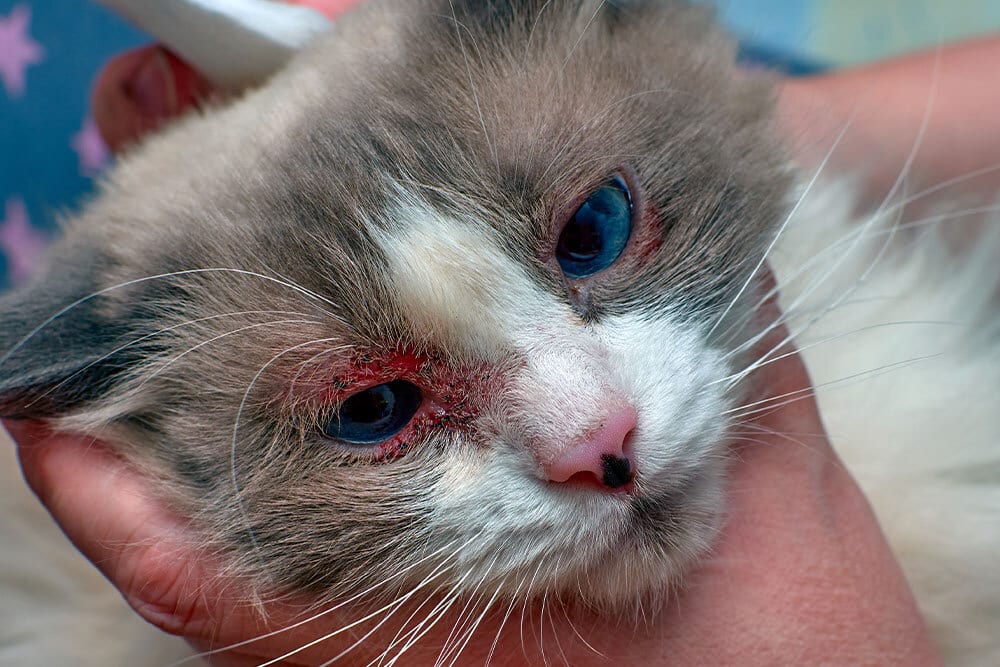
Partnering With Your Veterinary Team
Effective eye care relies on clear communication with your veterinary team at Northwood Veterinary Hospital. Share detailed observations about symptom onset, progression, and triggers to help guide diagnosis and treatment.
Ask about breed-specific risks, monitoring schedules, and red flags that need urgent attention. Knowing your pet’s individual risk profile empowers you to act early and ensure the best care.
Timely access matters when eye problems progress quickly. Flexible appointment scheduling helps ensure your pet is seen promptly when symptoms arise.
Protecting Your Pet’s Vision Starts Today
Eye problems can progress quickly from minor irritation to vision-threatening conditions. Squinting that persists beyond a few hours, discharge that worsens, sudden sensitivity to light, or any trauma should prompt immediate consultation.
Northwood Veterinary Hospital’s diagnostic capabilities and surgical expertise provide comprehensive care for both routine issues and complex conditions. Whether your pet needs urgent evaluation or preventive care, calling ahead allows the team to prepare and ensure the right resources are available. Contact Northwood Veterinary Hospital at (603) 942-8368 to schedule an appointment or discuss your pet’s eye health with experienced professionals ready to protect your companion’s vision and comfort. If you are worried, book now and ensure your pet receives the best eye care possible.

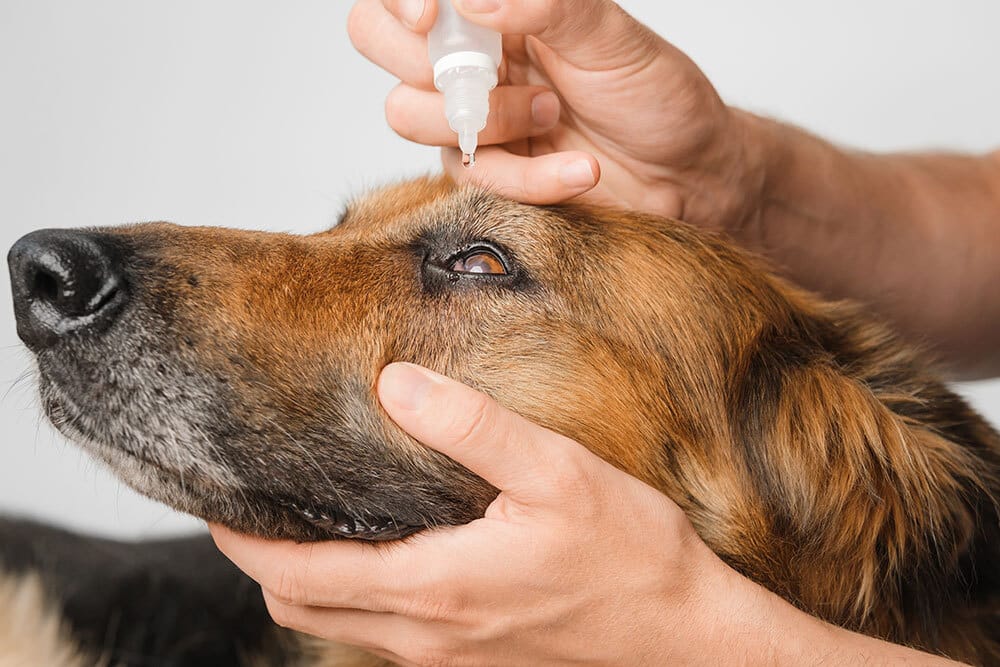
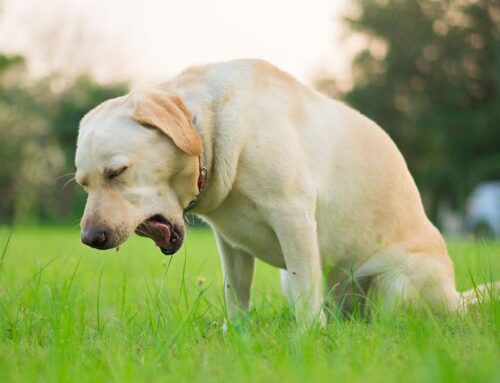
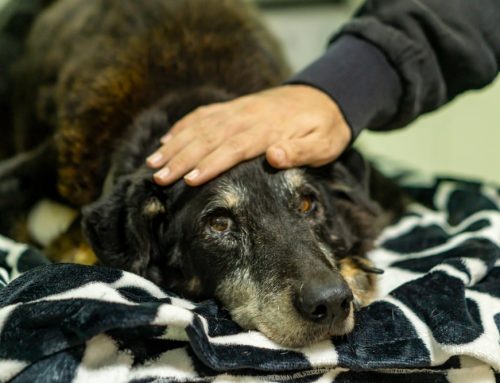
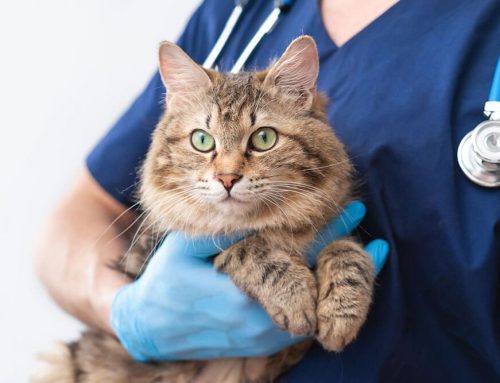
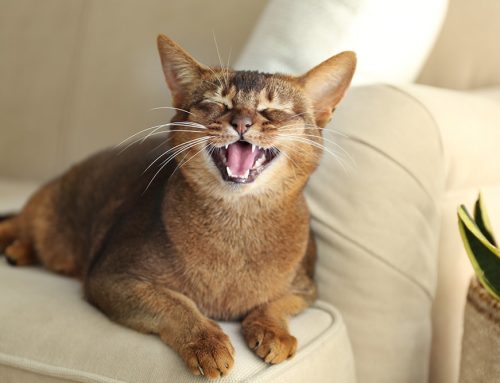

Leave A Comment